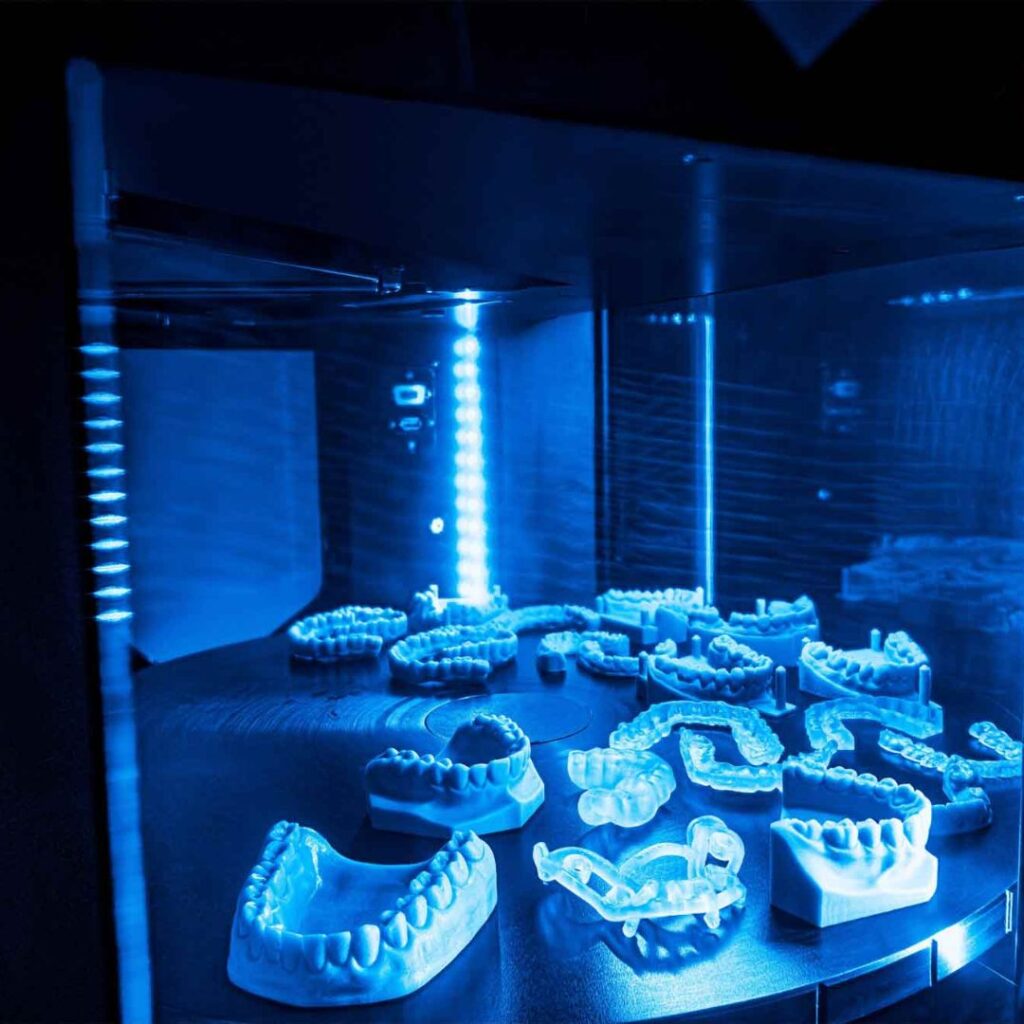Developments In 3D Printing Is Good News For Dental Labs

The dental industry has matured in its understanding of the value proposition of additive manufacturing (AM). From the first 3D printed applications such as dental models for orthodontics, implant dentistry and fixed restorations applications, we are now seeing huge advancements in end use applications, like dentures and aligners. Arguably, no other industry has such a strong use case for 3D printing: it’s more economical, scalable and clinically beneficial to the patient. Each dental part has to be customised as no two patients are the same. Components with complex geometries need to be highly accurate so 3D printing is the perfect match. So, the focus is now shifting to newer 3D printing applications in the dental industry, helping accelerate its transformation.
Challenges that dental labs have to deal with where 3D Printing can help
A key bottleneck in dentistry is labor: there are not enough skilled lab technicians. Indeed, throughout the industry, there is a severe shortage of qualified people.
Dental labs also face increased competition as a result of industry consolidation. To ensure both labs and dentists see the benefits of using 3D printing techniques more we are working to highlight patient and dentist benefits like reduced chair time, better dental fit and exceptional aesthetic value in addition to lab benefits.
How is additive manufacturing being employed to address those challenges?
From highly accurate opaque and rigid implant models to biocompatible and transparent surgical guides to soft gingiva masks, 3D printing can address a wide range of needs.
But regardless of the specific application, time savings and automating production are key benefits, enabled with automated production while achieving a high degree of efficiency and precision. We can even produce different materials in the same print job, which reduces labour requirements significantly.